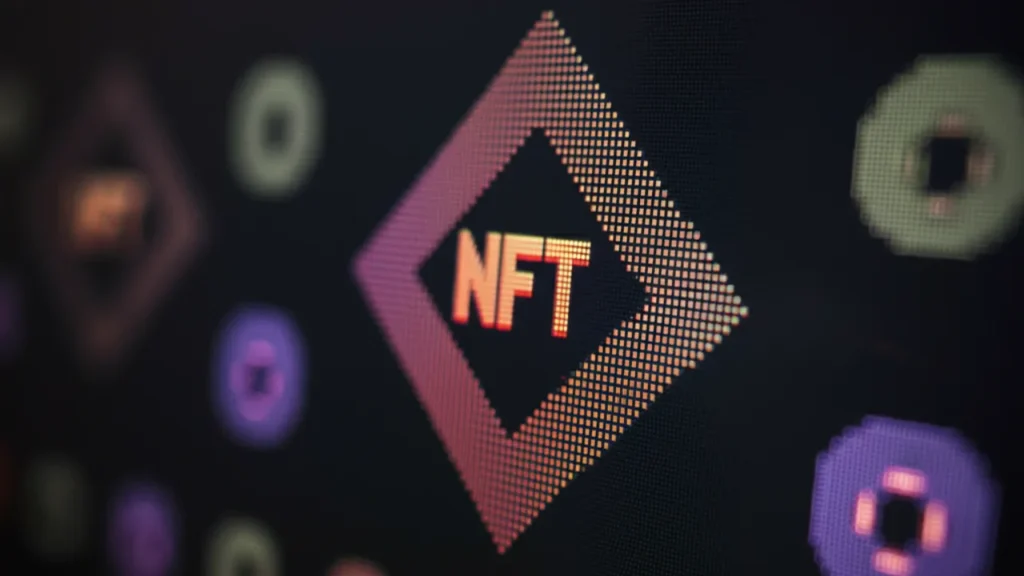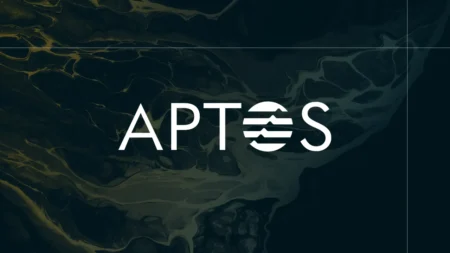While the hype around NFTs has cooled down a lot, they’re far from dead. NFTs still hold potential in digital ownership, collectibles, and even future applications like real estate or identity verification. Rather than a complete collapse, NFTs are in a period of maturation, with the focus shifting from speculation to practical, real-world use cases. So no, NFTs aren’t dead, but they’re evolving into something more sustainable.
The Rise of NFTs: Apes, Punks, and Skyrocketing Prices
Remember when people were buying digital pictures of apes for more than your car? Those were the glory days of NFTs when everyone thought digital art was the future of ownership. In 2021, the NFT market exploded with eye-popping sales, like Beeple’s famous artwork that sold for $69 million. From CryptoPunks to Bored Apes, it seemed like owning an NFT was the key to fortune and social status. But as with all bubbles, what goes up must come down.
The pandemic helped fuel the frenzy; with people stuck at home, they flocked to virtual worlds and digital assets. Suddenly, owning a unique piece of the internet felt as valuable as physical art—if not more. But let’s not kid ourselves, much of the appeal was driven by speculation. Everyone wanted in, and prices skyrocketed.
The NFT Crash: Reality Bites
Fast forward to 2022, and the NFT bubble started deflating. Just like Beanie Babies or Pokémon cards of the past, the NFT craze began to lose steam. Market saturation was a big factor. With thousands of new NFTs flooding the market, the novelty wore off, and many investors got hit with the harsh reality: not all NFTs were going to the moon.
Economic factors also played a huge role. As interest rates rose and inflation soared, people started cutting back on risky investments, like digital art and cryptocurrencies. The downfall of major crypto platforms like Terra Luna and FTX didn’t help either, shaking the foundation of the entire market. By 2023, the total market value of NFTs had dropped dramatically, leaving many wondering if they were a fad.
Are NFTs Really Dead?
It depends on who you ask. Some say NFTs have simply “gone to sleep,” waiting for the next wave of innovation to wake them up. Others argue that Non-Fungible Tokens, as we knew them—ridiculously overpriced digital art—are indeed six feet under. But the thing is that NFTs aren’t just about art.
Think of them as digital certificates of ownership. Just like you might get a title deed for your house or car, an NFT can be proof of ownership, whether it’s for digital art, music, or even real estate. Rolling Stone, for instance, pointed out that NFTs are alive and well, but their use cases are shifting toward more practical applications. Instead of just owning a JPEG of an ape, in the future, you might hold an NFT to prove ownership of physical assets or digital real estate in the metaverse.
NFTs in 2024: Evolution or Extinction?

Even though there is a dip in enthusiasm, NFTs are evolving. While the market has seen a massive slump, it’s not exactly dead. Brands like Coca-Cola and Nike have adopted NFTs for unique customer experiences, merging the physical and digital worlds. And some of the original blue-chip NFTs, like CryptoPunks, are still valuable due to their historical importance in the NFT space.
NFT marketplaces are also adapting. Gone are the days of mindless speculation; now, creators focus on adding real-world value to their digital products. These tokens could soon find their place in gaming, ticketing, virtual real estate, and more. The market can be seen as quieter, but maturity is coming along the way, with a focus on long-term sustainability rather than quick profits.
Community Sentiment: What Does the Crowd Think?
If you go over to Reddit, opinions on whether NFTs are dead are divided. Some users note the drop in NFT minting activity, while others state that they are only “hibernating.” One insightful commenter likened the current state of NFTs to Bitcoin’s earlier cycles—down for a while, but bound to bounce back when the next big thing hits. There’s still a core of NFT believers who think the technology will update industries beyond art, such as real estate or even healthcare.
The Future: Where Are NFTs Headed?
While NFTs aren’t making daily headlines anymore, they’re quietly setting up shop for the long haul. Expect fewer outrageous headlines about million-dollar art sales and more stories about them being used for things like virtual land ownership, event tickets, or even digital IDs. According to Forbes, the potential of NFTs lies in their blockchain technology, which ensures ownership, transparency, and security in the digital world.
This shift is also evidenced by companies like Pudgy Penguins, who are taking their NFTs beyond the digital world and into retail spaces like Walmart and Target. The future might not be as flashy, but the tokens have started to integrate a lot into everyday life.
Final Thoughts
So, are NFTs dead? No, they’ve entered a quieter, more sophisticated phase. Gone are the wild days of quick million-dollar flips and speculative frenzy. In their place is a more stable future where NFTs will serve as the backbone for digital ownership, community engagement, and even real-world applications. In other words, NFTs have just started. Whether they’ll rise again to their former glory or settle into a niche role remains to be seen. But one thing’s for sure: they aren’t going anywhere. Happy trading!
Disclaimer
The information provided in this article is only for educational and informational purposes and should not be considered financial or investment advice. We are not licensed financial advisors. Always conduct your research and seek guidance from a certified financial professional before making any investment decisions.






